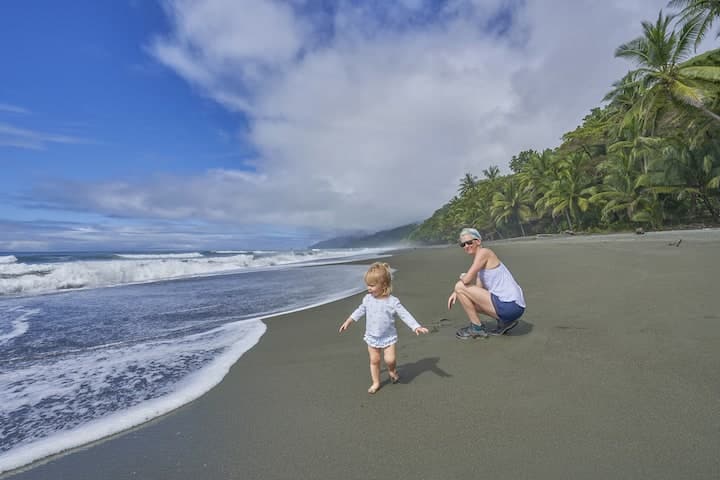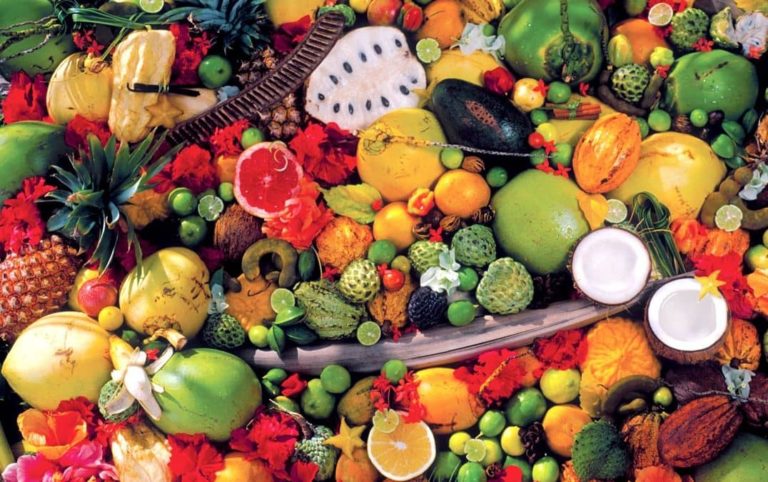Go to Costa Rica in November – December
Planning your trip to Costa Rica in November or December is a great opportunity to take advantage of the shoulder season. These two months, at the end of the rainy season and the beginning of the dry season, are particularly interesting for a vacation in this small Central American country.
This period often benefits from less rain but also more bearable temperatures than March and April. The weather conditions are conducive to outdoor activities. It’s the end of the rainy season, and December sees the rise of northerly winds, sometimes quite strong and cool, especially in the northwest, towards Guanacaste.
You’ll often read that the dry season begins in December, but this depends greatly on the region of the country. This is the cocoa harvest season, and December marks the beginning of the coffee harvest.
To discover Costa Rica in November and December, follow the guide below.
Costa Rica in November – December Caribbean side
On this side of Costa Rica, the rainy season is beginning, but be aware that the weather in this part of the country is unstable and unpredictable throughout the year. Rainfall is abundant throughout the year. Temperatures remain stable, between 25 and 30 degrees. The days follow one another and are not the same. However, it is extremely rare to have 2 or 3 consecutive days of rain. Enjoy the beach before noon to ensure the best hours of sunshine. November is a very good month for surfing on the Caribbean coast of Costa Rica.
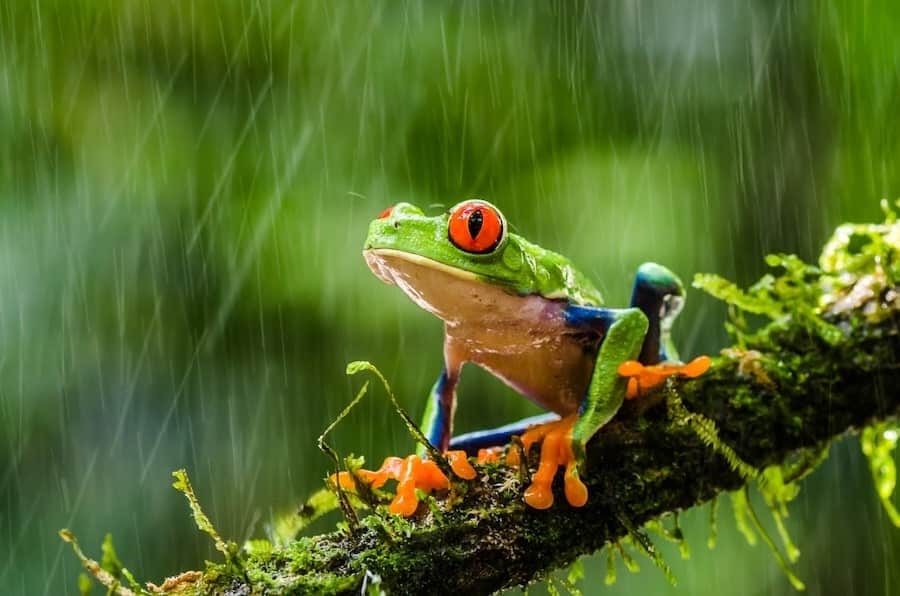
The Central Valley
In San José and its surrounding areas, November and December mark the beginning of northerly winds. Temperatures easily reach 25 degrees Celsius, and in the evenings, some rain still cools the nights. These are the coolest months in the capital.
San José is located at an altitude of 1,000 meters, and average temperatures are fairly stable year-round, between 25 and 32 degrees Celsius.
Arenal Volcano and Tenorio Volcano
November and December see the return of the first rains in this Caribbean-influenced region. However, the Arenal Volcano remains clear, and the Rio Celeste still retains its turquoise color. Rainy days are ideal for rafting, tubing, and wildlife watching, as birds love the rain. Animals are active and more visible, taking advantage of the abundance of food. This is an excellent time for wildlife viewing in the Arenal Volcano and Tenorio National Parks.
Guanacaste and Nicoya Peninsula
It’s the beginning of the dry months and apart from a few more scattered rains the sky will be mostly blue and clear. Wildlife is starting to move to more humid areas to refuel. The flow of rivers and waterfalls is noticeably decreasing. It’s warm, but not too hot. The sea can cool down considerably under the influence of the trade winds (23/25 degrees), which is cool for Costa Rica. In August, the waters of the Pacific sometimes reach 32 degrees.
Central Pacific
There will still be a few relatively scattered showers in the evening. Temperatures are quite high due to the humidity, and temperatures can easily reach 33 or 34 degrees. This region doesn’t experience the relative coolness of the north. The tropical, hot, and humid climate really comes into its own during this period.
South Pacific, Golfo Dulce and Osa Peninsula
November and December mark the end of the rainy season in this region. The sun is shining and the wildlife is active. There’s once again great diving around Caño, but it’s also the end of whale watching and turtle nesting season.
Central Cordillera, Dota
November is a transitional period, and December in the Cordillera Central sees warmer temperatures. It’s not the best time to see the quetzal, but many other birds nest here year-round: trogons, hummingbirds, peregrine falcons, red-winged blackbirds, yellow-headed grosbeaks, green toucanets, and scarlet tanagers.
Advantages and disadvantages of traveling in November and December
Advantages of traveling in November December
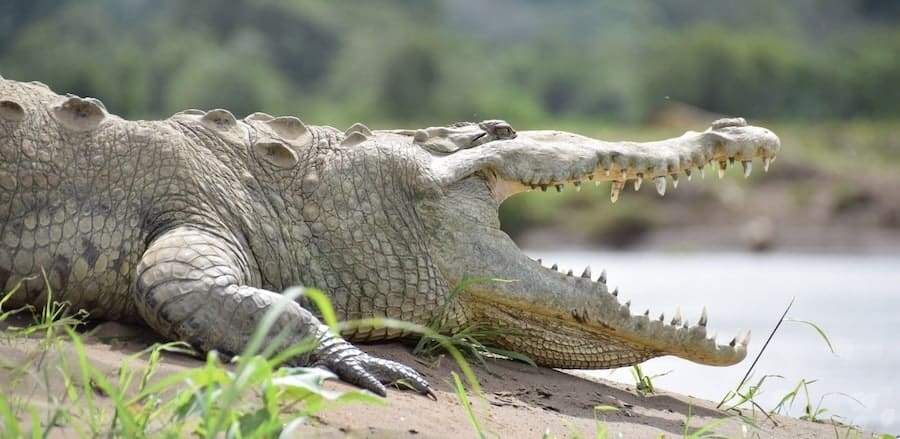
Fewer crowds in November
- With November still partly off-season, you’ll enjoy lower prices for accommodation and activities, and tourist sites will be less crowded.
Ideal weather in December
- December is generally dry and sunny on the Pacific side, perfect for exploring beaches, volcanoes, and rainforests.
Beauty of the landscapes
- The vegetation is lush and green, thanks to the recent rains of the wet season, offering breathtaking landscapes. The tropical forests have not yet donned their grayness of March or April, due to the dust of the dry season.
Active wildlife
- Wildlife will also be present, with many species seeing their young born. Turtles and quetzals are among the most common, and some whales can still enjoy the South Pacific coast.
Disadvantages of traveling in November December
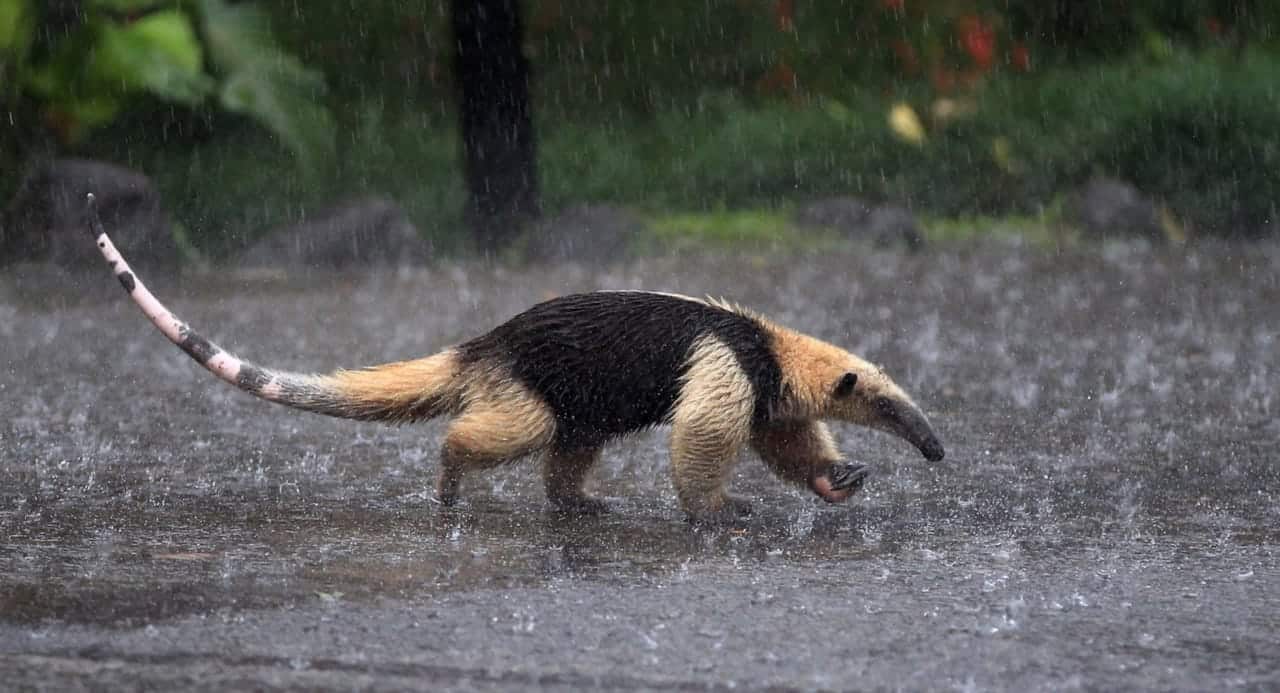
Variable weather conditions in early November
- If you’re traveling in early November, be prepared for occasional showers and potentially muddy roads, especially in rural areas. Take advantage of the early mornings to avoid late afternoon showers.
Price increase from mid-November to the end of December
- With the start of the peak tourist season, mid-November sees prices rise. In December, prices for accommodation and activities increase considerably, especially as the holiday season approaches. The end-of-year crowds are not conducive to wildlife viewing. Advance booking is recommended.
Below we give you some ideas for tours to discover Costa Rica in November and December:
- November and December are the ideal season for trekkers. The weather is favorable, the heat is still bearable, and the landscapes are lush and green. This is a trekking tour for those who love walking.
- November and December are the last months to observe the birth of the last baby turtles before meeting the Boruca indigenous community. The Iguana Tour is ideal.
- Twelve days of adventure in Costa Rica for the Frog Tour in November and December, as the waters are ideal for rafting and snorkeling at Caño Island.
Exploring Costa Rica in November and December means enjoying the return of the sun without the extreme heat. It also means, until December 15th, fewer people and more reasonable prices. From December 15th onwards, prices are much higher, with a peak from December 24th to 31st, due to the end-of-year holidays. This last week of the year is also overloaded with visitors, and it’s best to book several months in advance to have a choice of accommodations.
A recent look at Costa Rica
Why travel with us?

A flawless reputation since 2008

A single contact in English

Our presence on the ground all year round

Our expertise for a tailor-made offer


